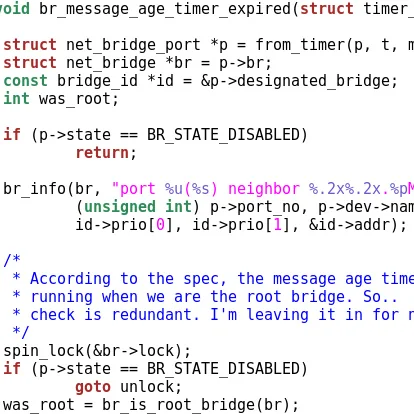Blender 4.2 LTS Released With GPU Accelerated Compositing, Intel OIDN On AMD GPUs

Blender 4.2 is an exciting release with many new features, including more GPU acceleration work in different areas. Some of the Blender 4.2 highlights include:
- Compositing for fine renders can now be GPU accelerated! The option is available via settings and whether using CPU or GPU render compositing should yield the same results with minimal variation. The new GPU compositor option is within the "Performance" settings panel.
- The render compositor has also been rewritten for improving performance -- as much as "several times faster than before". These improvements are for the CPU-based compositor.
- Faster performance for "undo" operations thanks to implicit sharing.
- Intel GPU rendering with the Cycles engine now supports host memory fallback.
- Open Image Denoise is now GPU-accelerated on AMD GPUs on Windows and Linux.
- Improved hair rendering.
- EEVEE now uses screen-space ray-tracing for every BSDF.
- The Sample UV Surface node is now 10~20x faster on large meshes.
- Blender's text editor now has support for GLSL syntax highlighting.
- Blender's rendering code now has support for the Khronos PBR Neutral view transform.
Blender 4.2 can be downloaded from Blender.org. More details on all of the Blender 4.2 changes via the release notes. I'll have out some fresh Blender benchmarks on CPUs and GPUs soon.
7 Comments

